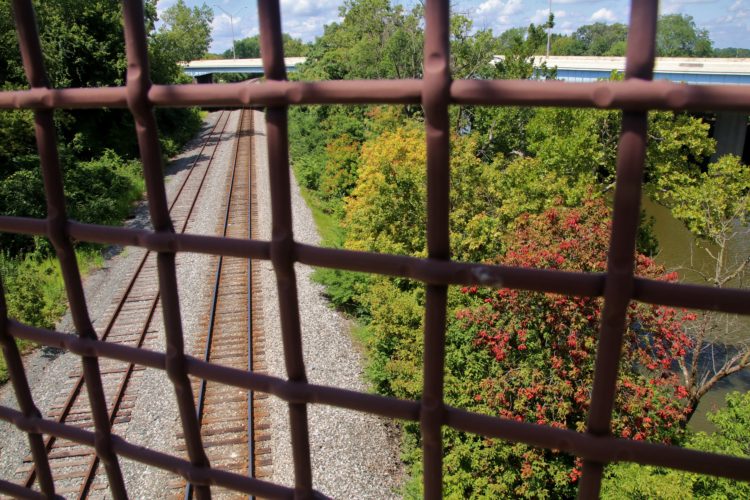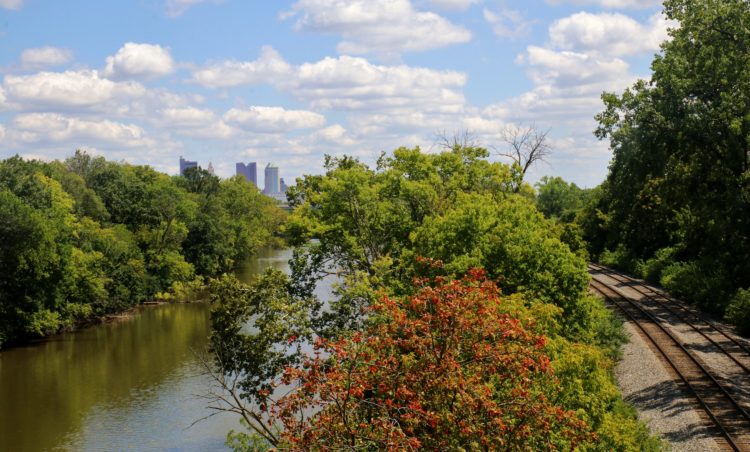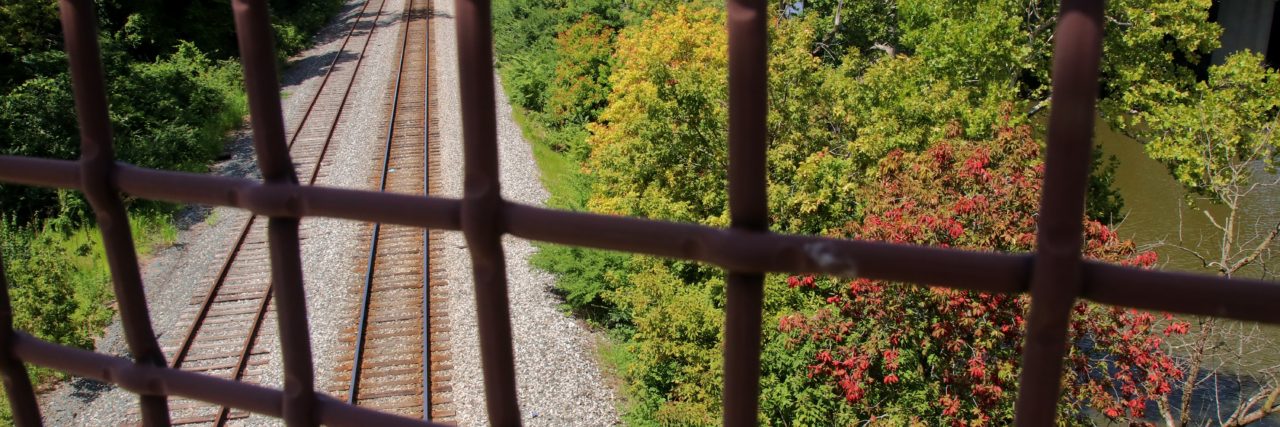Why My PTSD Means Living With the Constant Struggle to Feel Safe
A few weeks ago, on a perfect sunny summer day, I packed my camera bag with drinks and snacks and set out on an all day adventure. I was excited to try a new bike trail that goes through a park with a herd of bison. The plan was to ride 16 miles to the park, spend the day taking pictures and possibly stop for dinner or ice cream on the way home. About halfway there, I was going up a hill and struggling to breathe. I convinced myself I couldn’t do it and decided to turn back.
When I stopped on a bridge to rest, I realized what had actually happened. At the bottom of the hill, the bike trail crossed the road in an unfamiliar part of town. While waiting to cross, I heard screaming. I saw a group of people on the other side of the road yelling at either each other and/or the cars driving by. I was afraid, just for a second, then realized they weren’t a danger to me and brushed it off. Except my body didn’t really brush it off. My body decided I was in danger and when I didn’t turn around and flee, it induced a panic attack.
For me, having post-traumatic stress disorder (PTSD) is living with the constant struggle to feel safe. Recent studies have shown PTSD actually changes the way your brain works. It activates the part of your brain that responds to crisis, makes you hyperaware of your surroundings and makes sure you are always ready to detect danger and protect yourself. The smallest things that others don’t even notice seem dangerous to me and start my brain racing, looking for a means of escape — a way to protect myself from the perceived danger. It might be just my nature or maybe something I’ve learned the hard way, but I rarely say anything to anyone about it. It’s something that happens internally and most of the time, the people around me have no idea it’s even happening.
My fear response is immediate and involuntary. I often don’t realize it’s happening. I’m not in control and I have no power to stop it. The best I can do is learn how to deal with it once I realize what’s going on.
Avoidance is another common tactic. It’s imperfect because you can’t predict the actions of others, and avoiding every single thing that could possibly trigger you can make you a hermit. After all these years battling PTSD, I have chosen to embrace my hermit status. I’m sure people will tell me being alone so much is not healthy. But forcing myself into interactions with people I don’t trust in places I don’t feel safe isn’t healthy either.
Recently someone in a hiking/backpacking group asked what precautions women can take to protect against sexual assault while hiking alone. My response was, “Ironically, since you are much more likely to be sexually assaulted by someone you know, hiking and camping alone with my dog is something I do to avoid it! In my honest opinion, being alone in a place with no walls, doors, windows, locks, etc. is the safest place I can be.”
I figured out years ago that “outside” was where I feel safest because I can run in any direction when my fight or flight response is triggered. I don’t have to preplan the quickest routes to unlocked doors and windows. I don’t have to fight my way past anyone or anything to get to the “Exit” sign.
I should be honest here… I don’t spend all of my days completely alone. I work in a public place and I have a few friends and family members I have grown to trust. But here’s the “catch-22” — when I am with a person I trust, I don’t get triggered as easily. But I desperately want to be and feel independent. If I wait until I can find someone I trust to go out and do something with me, I start to feel trapped, dependent and depressed.
I know many therapists would disagree, but for me, facing my fears alone and learning to deal with it is an important part of my healing journey. I know I still need to work on trust issues and reaching out for help when I need it. But right now, in this moment in time I am focusing on learning to trust and believe in myself.
The pictures below show where I am in my journey. They were taken on the bridge where I stopped to rest. The first picture is my view through the bars, leaning my head on the rail — my visual PTSD prison. It was where I realized I was having a panic attack, why it happened, where I allowed myself a few tears and then focused on recovering for the ride home. The second picture is after I had calmed down, standing on my toes looking over the fence on the other side toward the city, towards home, where I left earlier in the day alone on my bike and would return by the power of my own legs and lungs. I failed to reach the destination I planned, but ultimately it was a successful step in my healing journey because I learned something about myself and have beautiful photos to share.


Thinkstock photo via kevinhillillustration

